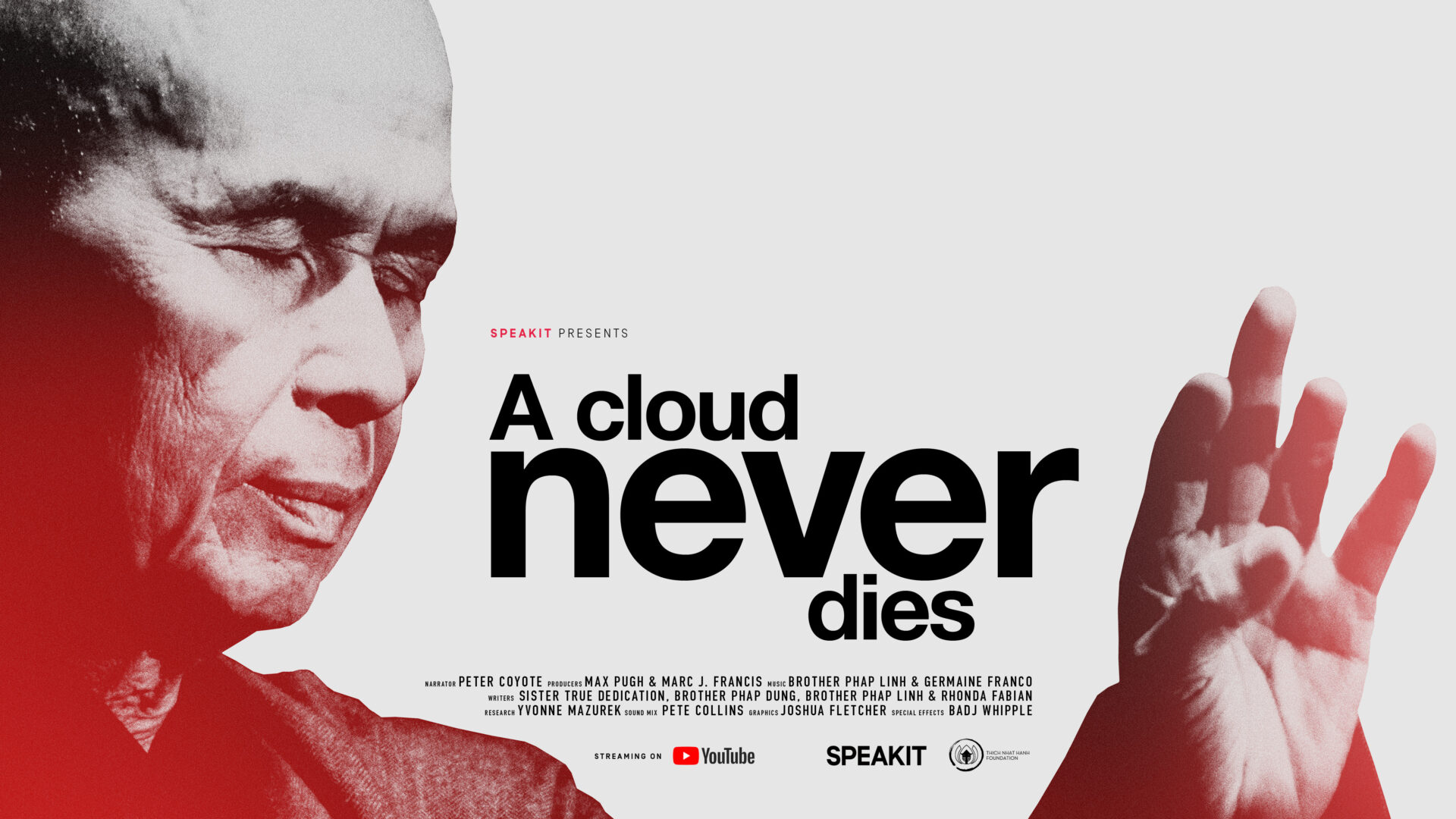Uncovering the Mythical Buddha
A professor of Japanese religion discusses what manga and myth can teach us about the creativity of the Buddhist tradition. The post Uncovering the Mythical Buddha appeared first on Tricycle: The Buddhist Review.

A professor of Japanese religion discusses what manga and myth can teach us about the creativity of the Buddhist tradition.
Bernard Faure in conversation with James Shaheen Dec 30, 2022 Bernard Faure
Bernard FaureAccording to scholar Bernard Faure, the life story of the Buddha is one of the great myths of modern times. Yet many Western scholars tend to neglect the rich mythological and ritual elements of the Buddha’s biography, opting instead to present a simplified, linear narrative. Faure, a professor of Japanese religion at Columbia University, believes that focusing exclusively on historical accounts of the Buddha’s life “strips the story of all its juice.” In his new book, The Thousand and One Lives of the Buddha, Faure presents some of his favorite myths about the Buddha’s life, including the fantastical stories surrounding his birth and his legendary face-off with the demon king Mara. In the process, Faure traces how the Buddha’s biography has been constructed and retold across cultures, from early Buddhist texts to contemporary art forms of manga, Japanese graphic novels, and science fiction.
In a recent episode of Tricycle Talks, Faure spoke with Tricycle’s editor-in-chief, James Shaheen, about what these myths and stories can teach us about the creativity of the Buddhist tradition. Read an excerpt from their conversation below, and then listen to the full episode.
***
James Shaheen: Where does the emphasis on the actual or historical existence of the Buddha and piecing together his story come from?
Bernard Faure: Well, of course, any religion needs a founder. But as [French anthropologist Claude] Lévi-Strauss once said, often, this founder is a virtual focus. For example, when you see an image reflected in the water, you seem to believe that the source of this image comes from the place that you see inside the water, but it actually comes from a different place. In that sense, the Buddha is a virtual focus, a virtual source. Nevertheless, it is real in that sense. Saying it’s virtual doesn’t mean that there’s nothing there. First, on the origin side, people need a founder. They need to somehow believe that there was someone there at the beginning of things. That doesn’t necessarily have to be a historical figure, but often that’s the case. Then, as Western discourse developed in the 17th, 18th, and 19th century, this tendency to historicism and the historical method became really the dominant form of study in the field of humanities, philology, and history. So it became the dominant paradigm, the idea that through the study of text, you could get back to the author behind the text and therefore to the historical figure who founded this movement. That was a kind of natural development in a sense. There was a reaction in the 19th century, of course, and scholar Donald S. Lopez, Jr. and others have written about this. This was a reaction against Christianity and religion perceived as really an obscurantist movement. Now we had a religion that supposedly had a founder who looked very reasonable, was not walking on water, was not doing all the crazy things that we’re used to, so a religion with a philosopher as a founder, that was very attractive to 19th-century scholars for understandable reasons. But in doing so, they threw out the baby with the bathwater, if I might say.
We seem to value literal truth or scientific truth over mythical truths. Obviously, we need both. But in this case, your emphasis has been on the myth of the Buddha because, like you say, that’s where the juice is. Is that fair to say? It’s a reaction against what I see as the pendulum that has really swung to the other extreme. Historical study is really important. I’m not denying that. I’m a historian myself. But history is not historicism. Historicism is a tendency to really deny anything that is not purely material or physical, anything that cannot be proved or solved by documents, and the idea that somehow the more authentic documents should be the simplest ones because if something is very simple, it means it didn’t have time to get elaborated and developed and so on, so we might be closest to the origin. And this is to forget that actually, very often, stories are going to be embellished with legends and other things through time. But sometimes just the opposite happens. This is exactly what’s happening now with historicism and also with modern Buddhism. We want to simplify the story to make it fit our agenda or our desire. So stories can go both ways. They can become more complex or more simple. To think that because you have simple texts and this simple text will be, let’s say, the Pali, and that will be therefore much closer to the original Buddha, that’s a very strong presupposition.
How would you describe your approach to the life of the Buddha? My approach is that I like stories. I study religion—Japanese religion, Chinese religion, Buddhism in East Asia—and religion is mostly stories. Sometimes these stories are not so great; sometimes they are really fascinating. There is a sheer pleasure in reading these stories. Reading the life of Buddha is a great experience, and I don’t want to somehow deprive readers of that pleasure. If scholars are doing that, then I think that’s a problem.
“The first way to do that is to get nonjudgmental and take these stories at face value.”
In the book, you explore how depictions of the Buddha have evolved and expanded into new art forms like manga and science fiction. Can you say more about these art forms? It may be a little iconoclastic from some people’s point of view, but once you admit that the life of the Buddha is a kind of story, there is no reason to privilege some stories over others. This is my main point in my critique of historicism: the idea that if we’re trying to get back to the real Buddha, then we have to get to the earliest texts, the simplest texts, and therefore we have to look in India. But if we admit that the Buddha’s life is essentially a story, then other stories in other places and cultures might be just as interesting, and the stories of the Buddha in Southeast Asia, China, Japan, or Korea might tell us just as much.
If we continue that line of thought, why limit ourselves to Buddhist texts? Buddhists were always inventing stories. But imagination is not the privilege of Buddhists. Everyone can imagine stories, and if there are values conveyed by such stories, then the stories are good. For example, even manga, like Japanese manga writer Tezuka Osamu’s Buddha series, can give you a sense of compassion and the real values of Buddhism. To me, that is much more interesting than a very dry scholarly account of the life of the Buddha as historical reality because the literary genres of manga and science fiction can convey ideas, values, and principles that are at the heart of Buddhism. There’s no reason to shun them because they are not the orthodox, authentified stories of the Buddhist tradition itself.
Throughout the book, you resist easy interpretations or reductions to simple morals, and you ask if it is possible to avoid reductionism and instead preserve the strangeness of the Buddha’s life story. Can you say more about how you came to savor these stories? First, I don’t think it’s possible to avoid all reductionism. I don’t claim to be an objective scholar who finally comes up with the truth about the life of the Buddha. But I do like to read a good story. Buddhism has a lot of good stories to tell. Many of the stories that scholars typically put forward I don’t find as interesting. They have a moralistic tone, and the Buddha often ends up being so boringly didactic. But sometimes you find there’s something else going on in these stories, and you don’t know why they attract you.
The Lotus Sutra is a good example. At face value, the stories can seem ridiculous: a stupa comes out of the earth like a rocket, and the door opens and there’s a buddha waiting in it. Another buddha gets in it, and then the two buddhas take off together for outer space. Is this some kind of science fiction story? But for some reason, these stories work, and they have worked for centuries. That’s enough for me. As a historian, I want to understand what made people find this interesting. Now, because we have become so rational and Westernized, we have a hard time understanding that. The first step toward some kind of awakening would be to try to understand what people in the past have already seen in these stories. The first way to do that is to get nonjudgmental and take these stories at face value.
![]()
Thank you for subscribing to Tricycle! As a nonprofit, we depend on readers like you to keep Buddhist teachings and practices widely available.
This article is only for Subscribers!
Subscribe now to read this article and get immediate access to everything else.
Already a subscriber? Log in.

 UsenB
UsenB 






























